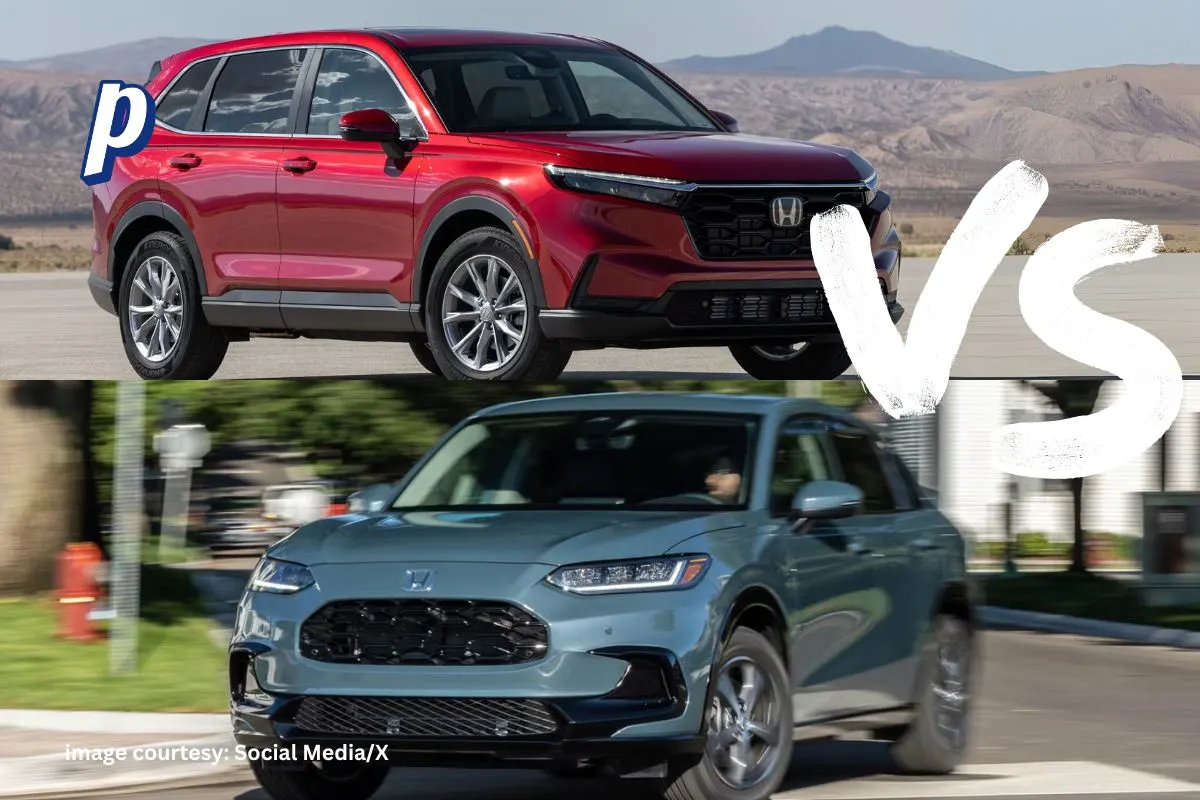Discover the pricing details for the 2025 Porsche 911 lineup. Explore various models from $122,095 to $241,300 and learn about their performance features.
The Porsche 911 has long been synonymous with luxury, performance, and cutting-edge technology. As we look toward the 2025 model year, prospective buyers are keen to understand the pricing structure of this iconic sports car. The 2025 Porsche 911 lineup features a variety of models with prices that reflect their performance capabilities and luxury features.

For 2025, the base price of the Porsche 911 starts at $122,095 for the Carrera model. This entry-level variant offers a compelling blend of performance and luxury, making it an attractive option for enthusiasts and casual drivers alike. As you move up the lineup, prices increase significantly based on trim levels and added features:
- Porsche 911 Carrera Cabriolet: Starting at $135,395
- Porsche 911 Carrera GTS: Starting at $166,895
- Porsche 911 Carrera GTS Cabriolet: Starting at $180,195
- Porsche 911 Carrera 4 GTS: Starting at $174,695
- Porsche 911 Carrera 4 GTS Cabriolet: Starting at $187,995
- Porsche 911 Targa 4 GTS: Starting at $187,995
For those seeking even more performance, the higher-end models include:
- Porsche 911 Turbo: Starting at $199,195
- Porsche 911 Turbo S: Pricing begins around $215,000, depending on options.
- Porsche 911 GT3 RS: This track-focused variant starts at a hefty $241,300, showcasing the pinnacle of Porsche engineering.
These prices reflect the Manufacturer’s Suggested Retail Price (MSRP) and do not include additional costs such as taxes, registration fees, or optional packages that can further enhance the vehicle’s performance and luxury.
Performance and Features
The pricing of the Porsche 911 is closely linked to its performance capabilities. The base model Carrera is powered by a twin-turbocharged flat-six engine that produces around 388 horsepower, allowing it to accelerate from 0 to 60 mph in just about 3.7 seconds with the optional Sport Chrono package.
As you ascend through the lineup to models like the Carrera GTS and Turbo S, you will find significant increases in horsepower and advanced features:
- The Carrera GTS boasts a hybrid powertrain that combines a turbocharged engine with an electric motor for a total output of approximately 532 horsepower.
- The Turbo S, known for its incredible speed and handling, delivers an astounding 640 horsepower, making it one of the fastest cars in its class.
read more: Was the Porsche 928 Supposed to Replace the Porsche 911?
Each model also incorporates cutting-edge technology such as advanced infotainment systems, driver-assistance features, and customizable interiors that enhance both comfort and driving experience.
Market Trends
The pricing strategy for the Porsche 911 reflects a broader trend within the luxury sports car market. By offering a wide range of models at various price points, Porsche caters to different segments of buyers—from those seeking an entry-level sports car to high-performance enthusiasts willing to invest significantly for top-tier models.
This approach has proven effective for Porsche over the years. The brand maintains its reputation for quality while expanding its customer base. The introduction of hybrid technology in models like the GTS also aligns with global trends towards sustainability without compromising performance.
In summary, the cost of a 2025 Porsche 911 varies significantly based on model and configuration. From the base Carrera starting at $122,095 to the high-performance GT3 RS priced at $241,300, potential buyers have numerous options to choose from depending on their preferences for performance and luxury features.
As always with luxury vehicles like the Porsche 911, it’s advisable for buyers to consider not only the initial purchase price but also potential costs related to insurance, maintenance, and fuel efficiency—especially given that some high-performance variants may have lower fuel economy ratings compared to their more modest counterparts.












